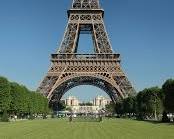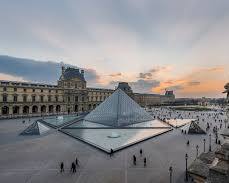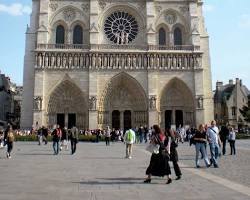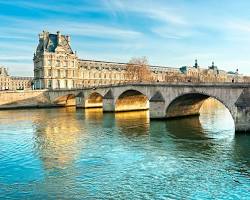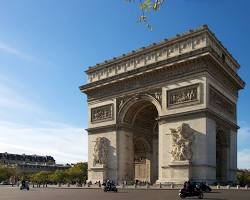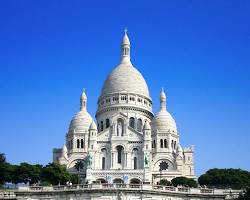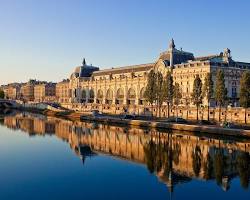Paris Travel Guide
Home » Europe » France » Paris » Paris Travel Guide
Paris, the City of Lights, sparkles on the Seine River in northern France. It’s a city where history whispers from ancient Roman ruins to iconic landmarks like the Eiffel Tower.
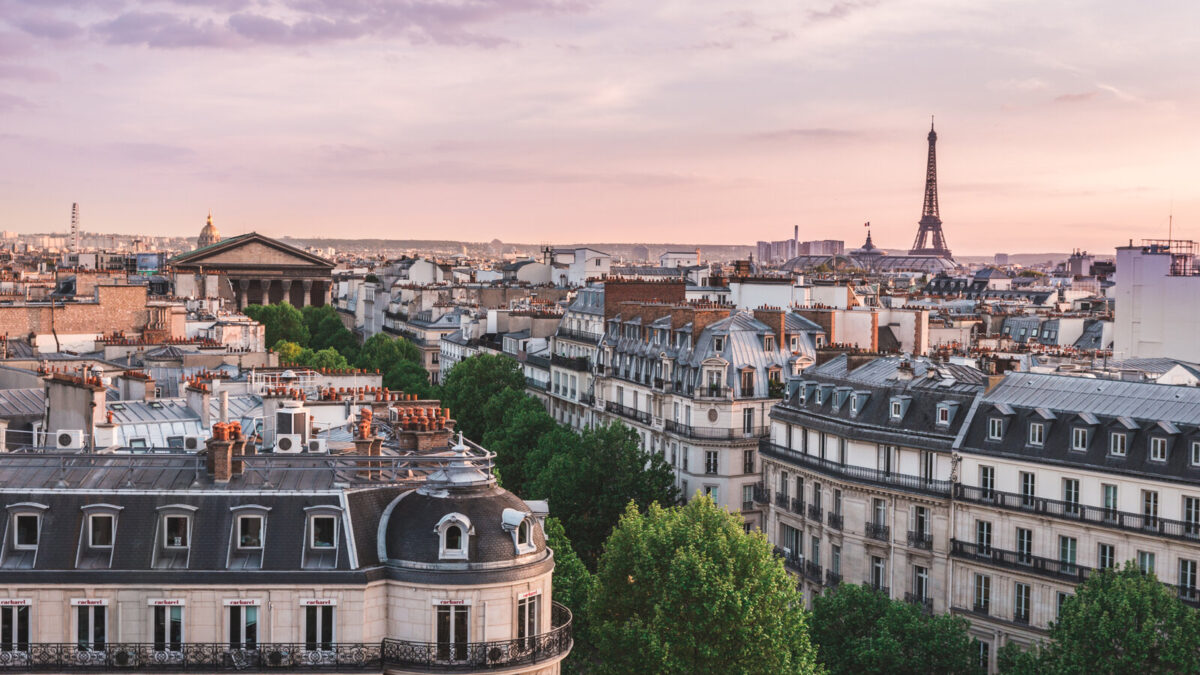
Wander charming streets lined with cafes, indulge in buttery croissants, and get lost in world-renowned museums like the Louvre. Climb the Arc de Triomphe for panoramic views, or explore the artistic spirit of Montmartre.
Whether you’re a history buff, a romantic dreamer, or a foodie, Paris promises an unforgettable adventure.
Attractions
Weather
Paris Weather by Month: Temperature and Rainfall
Here’s a breakdown of the average temperature and rainfall in Paris by month:
| Month | Average High (°C) | Average Low (°C) | Average Rainfall (mm) |
|---|---|---|---|
| January | 7 | 2 | 55 |
| February | 8 | 3 | 48 |
| March | 11 | 5 | 50 |
| April | 15 | 8 | 53 |
| May | 19 | 11 | 56 |
| June | 22 | 14 | 46 |
| July | 25 | 17 | 40 |
| August | 24 | 16 | 43 |
| September | 21 | 14 | 51 |
| October | 17 | 10 | 59 |
| November | 12 | 7 | 60 |
| December | 8 | 4 | 59 |
Paris Travel Guide
Additional Insights:
- Generally mild winters: With average highs above freezing, Paris winters are relatively mild compared to other European cities.
- Pleasant summers: While warm, summers in Paris rarely reach extreme temperatures, offering comfortable weather for outdoor activities.
- Most rain in fall and winter: Rainfall is fairly consistent throughout the year, with slightly more rain in the fall and winter months.
- Consider microclimates: While these are averages, microclimates within the city can lead to slight variations in temperature and rainfall.
Planning Your Trip:
- Pack accordingly: Based on the month you visit, pack clothing suitable for the expected temperature and potential rain.
- Umbrella handy: Especially during fall and winter, having an umbrella or raincoat is a good idea.
- Layered clothing: Packing layers allows you to adjust to changing temperatures throughout the day.
- Check the forecast: Before your trip, consult a weather forecast for the specific dates you’ll be in Paris for the most up-to-date information.
Public Transportation
Public Transportation



Navigating the City of Lights: A Breeze with Public Transport 🇫🇷
Getting around Paris couldn’t be easier! The city boasts an extensive and highly efficient public transportation network, making exploration a breeze without the need for a car. Here’s what you need to know:
Effortless Navigation:
- Metro: The iconic Paris Metro, with its 16 interconnected lines and over 300 stations, whisks you across the city quickly and affordably. Download the RATP app (Régie Autonome des Transports Parisiens) for real-time updates and route planning.
- Buses: Above-ground buses offer a slower but scenic alternative, particularly useful for shorter distances or specific landmarks.
- RER: Express regional trains (RER) connect Paris to its suburbs and airports, making day trips and airport transfers convenient.
Ticketing Made Easy:
- Tickets: Single tickets (t+) are valid for 90 minutes and allow transfers between different modes of transport within that timeframe.
- Navigo Easy Pass: Rechargeable pass for occasional travelers, offering 10 pre-paid journeys.
- Paris Visite: Ideal for unlimited travel on metro, buses, RER, trams, and more within chosen zones and durations, perfect for heavy exploring.
Tips for Smooth Sailing:
- Validate your ticket: Upon entering the metro or bus, stamp your ticket at the yellow machines to avoid fines.
- Rush hour crowds: Consider alternative routes or timings during peak hours (8:00–9:30 AM and 5:00–7:00 PM) for a more relaxed journey.
- Night buses: Noctis buses operate throughout the night, ensuring safe late-night exploration.
- Accessibility: Most stations offer elevators and escalators for accessibility.
Remember: Parisian streets are also very walkable, especially within central areas. Combine walking with public transport for a more immersive experience.
Paris, the City of Lights, sparkles on the Seine River in northern France. It’s a city where history whispers from ancient Roman ruins to…

